How to choose the best cycling helmet

A bike helmet is the most important piece of cycling gear. It could save your life or prevent you from unnecessary concussion or head injury. Its main purpose is to protect your head in the event of an accident, so when buying one you’re actually investing in head protection and life, so think of it as buying insurance.
As you’ve scrolled through the wide offer of helmets, you’re probably wondering why there is such a price difference between bike helmets, they vary from 9 to 300+ euros. Different sizes, colors, shapes, materials, weight, brands, all sounds a bit overwhelming so it’s hard to understand which is the best option for you. That’s why we’ve made this blog to mainly explain the price difference and give you some tips on choosing the best helmet!

Are expensive bike helmets worth it? What are the differences?
Regardless of price all helmets have to undergo a certification to make sure they will work and protect your head, however, the expensive helmet will most likely be made from better quality materials, may weigh less, have better ventilation, have additional features and they can look as a stylish accessory.
So it would seem that an expensive helmet would be the better choice when buying one, but helmets work in a similar way to pieces of clothing, an expensive one will do its job pretty much like the cheaper one, it might last longer and look better, but don’t take it for granted, since most of them are using the same materials.
Clearly, premium helmets from high-end brands are made with complex engineering, years of research, best possible materials, more possibilities to adjust the fit, but the cost also includes marketing, sponsorships and the general support for cycling culture

Let’s start by taking a look at cheaper helmets.
At the lowest price point, your helmet will have an expanded polystyrene (EPS) liner that is fully or partially covered with a hard plastic shell or moderately flexible plastic shell. EPS, which is in almost all helmets, looks like the same stuff a grocery store cooler is made of. At the lowest price points, it’s glued, taped or molded to its shell.

The EPS will typically be thick because it doesn’t have internal structure, so it will have enough EPS to absorb the impact of a crash according to the necessary standards (CEN European standards). At this price, chances are the helmet is one-size-fits-all, with simple straps to fasten it under your chin. It will do the work, might feel a bit heavy or uncomfortable for longer rides, but just maybe it’s made to fit perfectly to your head, so definitely give it a go and try it on, if possible, just to feel the difference.
Adding a few more euros/dollars - the $40-$70 range, you get protection combined with more style and comfort. The helmet may have an internal harness to adjust the fit to your head.
But simple construction means limited ventilation and adjustability.
Once you get in the $40-$70 range, you get more protection than you’d get at rock bottom prices, and the helmet will look nice. The manufacturers spend a lot of time engineering the shape of the helmet and give it a nice looking paint job that will last.

Most helmets under $70 won’t be specific to a biking discipline, like road or mountain. In this category, typically helmets are all-cycling types. But even recognisable brands provide you with some appealing options in this price category.
Then there is the next category, helmets between 80-150 euros/dollars. This could be called the middle range class for helmets. In this price range, helmets are made to a specific rider category, like road, Mountain Bike, BMX and commuter. MTB helmets might have a visor, while road helmets have a more sleek, aerodynamic shape. In this category helmets are categorized by specific sizing to adjust to each rider’s unique head shape. These helmets will have a better weight to strength ratio in general.

In the middle price range, helmet details are executed better in the smallest details like harnesses, that focus on what the user group wants. As they go up in price, helmet inner parts that have contact with skin will be softer, more pleasant, breathable, the straps have a wider range of adjustability- lets you tweak fit up and down, and backwards, with less moving parts so there are fewer things to break.
High-end class or the so-called premium class helmets are the ones costing more than 180 dollars.
Main difference here - the manufacturers who create these helmets are spending a lot of time and money to do a lot of research and experimenting to bring new ideas, innovations and optimization to new helmets. These brands want to make sure that it’s not just the helmet technology that’s progressing, but the cycling sport as well. They are sponsoring teams, cyclists, organizing events, so part of what you’re investing in with a high price helmet is the bike culture we all know and love.
Brands are also using the best materials they can find for liner, shells, straps, buckles, and harnesses, paint— as well as accessories, like cases, to protect the helmet and be easy to use, and keep the helmet ventilated.
As we’ve covered the main price and quality difference it’s also important to know how to find the right fit to your helmet.
Here are 4 easy steps to choose your size:
⦁ Measure your head in the widest part above eyebrows and compare it with the size guide of the company (you can measure it with the measuring tape, but if you don’t have any, use a ribbon or even a phone charger to get the girth and then measure it with a casual ruler).
⦁ If you’re in between sizes, opt for the smaller one.
⦁ Make customizations if necessary, like adjusting the straps, twisting dial fit system, removing some fit pads, etc.
⦁ The helmet should feel tight enough, but easy to move it back and forth and on both sides a little bit. It should sit on your head, without tilting forwards or backwards, and should end above your eyebrows to protect the forehead.
Hoping that this article did help you to get a deeper insight in understanding helmet price range, but as we compared helmets to clothing in the beginning, keep in mind that what works the best for one, will not work for the other, so you should try on the helmet before buying it or maybe, if you’ve found your perfect fit, stick to the same brand to ensure that the fit will remain the same.
As cycling is a sport that also takes part in city traffic or uses high speed or off road tracks in the forest, we hope you all are wearing helmets and staying safe while exploring the world and having fun on your bicycles!
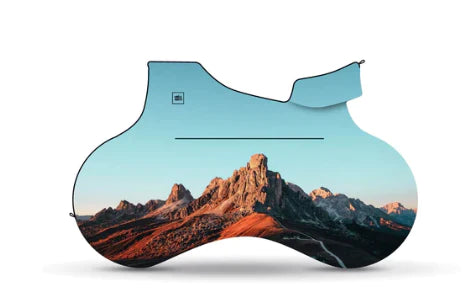
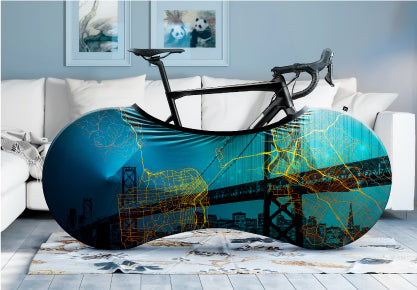
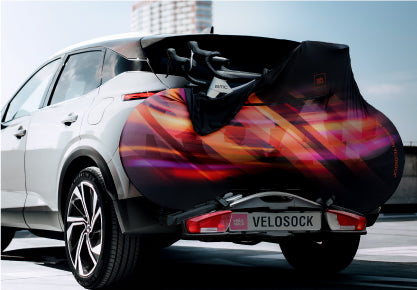
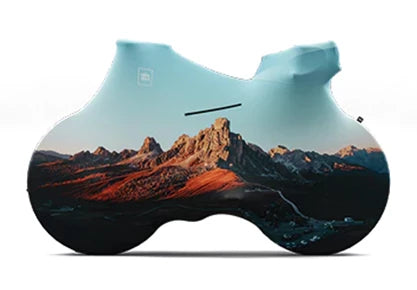


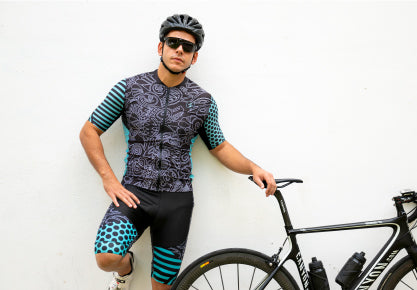
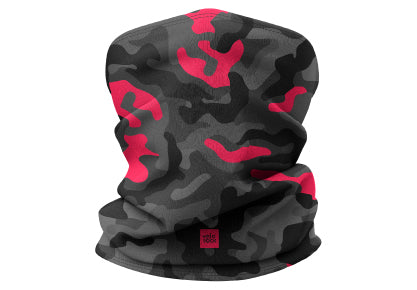


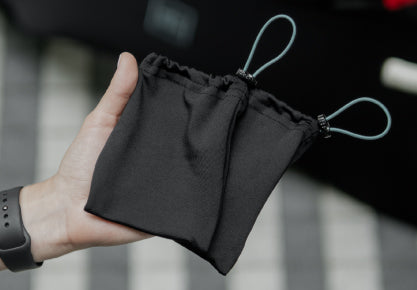

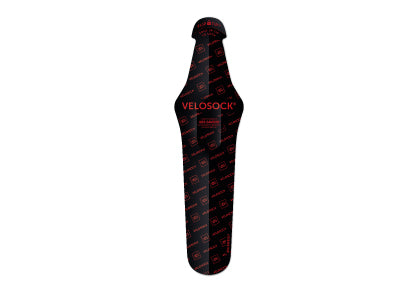
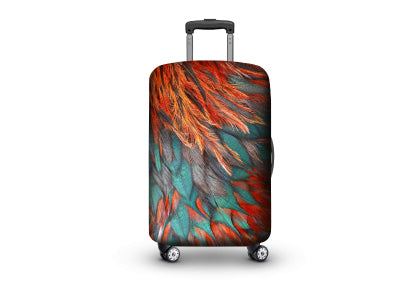















Leave a comment